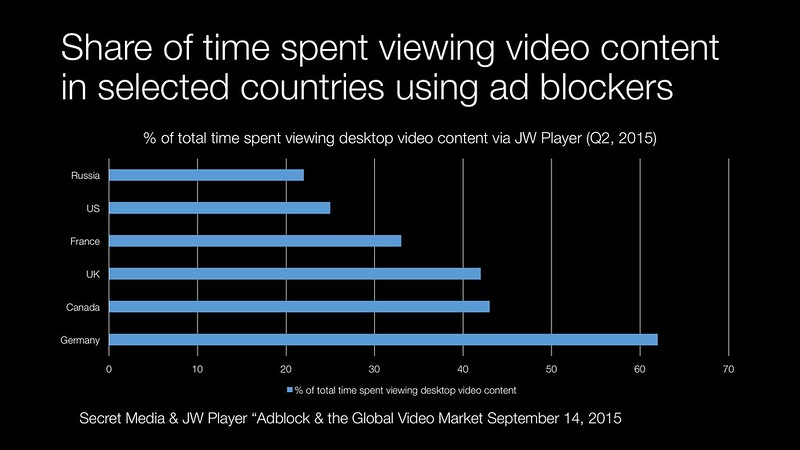Gaytime Ice Cream
Unilever under fire over Gaytime ice cream in Indonesia | PR | Campaign Asia – no idea where they got that idea, I imagine it could become a cult brand if launched elsewhere. Gaytime ice cream makes me think of a more innocent time in my life when, if I was home from school, I would be sat down with Marie biscuits and a cup of Barry’s tea by my Mum. This was a thinly veiled bribe to be quiet, which wasn’t really needed.
The reason for this ritual would be a soap opera called Harbour Hotel and a chat show called The Gay Byrne Show. Both where on RTÉ Radio 1. Back then gay could mean happy; or in the case of Gay Byrne it was short for Gabriel. The radio meant that voices from home where beamed into our house around the clock via medium wave and long wave.
Of course, I wouldn’t have mentioned it at my English school as there would have been an ocean of sniggers. The Muslim outrage at Gaytime also mirrors the PC revisionist view of The Flintstones ‘we’ll have a gay old time’ lyric in their theme tune. Apparently its original meaning of happy or fun, was interpreted as being intolerant of the LGBTQ community.
Business
The One Number You Need to Grow | HBR – original HBR article which introduced NPS
Consumer behaviour
Citizens’ Voices: Insights from focus groups conducted in England for the project, At Home in One’s Past. – Demos – Demos went fishing to understand the effects of nostalgia across Europe (the UK was merely the first interviews that they did). Instead, Demos got insights into the motivations for Brexit. A lot of this lines up with what I wrote before the vote. What pops in this (subjective) qualitative feedback is:
- The problems that the Labour Party faces with Corbyn and the general distrust of politicians in what should be ‘heartland’ seats
- The continued credibility of Nigel Farage
- The anti-German sentiment. The EU was seen as a German vehicle to win the war again by stealth – this has almost a Basil Fawlty quality to it. But at least some of the panelists believed it was true
- How the political divisions around the societal change driven by Margaret Thatcher’s government reverberated into the Brexit vote
Economics
The continental divide? Economic exposure to Brexit in regions and countries on both sides of The Channel – Chen – 2017 – Papers in Regional Science – Wiley Online Library – interesting research on impact of Brexit across EU
Retailing
Amazon Is Thriving Thanks to Taxpayer Dollars | New Republic – The tech giant has received more than $1 billion in tax breaks. The government is also funding food stamps for many of its workers
Poundland’s naughty elf campaign which riffed on British smut and the ‘Elf On A Shelf’ franchise affected consumer attitudes to the brand according to YouGov. The research is at odds with the overall positive response it got from Twitter (outside the London media-advertising industrial complex) – YouGov | Poundland’s X-rated ads generated publicity, but consumer perception has dropped
Spot the difference… pic.twitter.com/hWV83m4EYE
— Poundland (@Poundland) December 21, 2017
Technology
Noah Smith on Twitter: “1/OK, a thread about Bitcoin. (but really about nominal vs. real quantities)” – really interesting thread
Three Thoughts on Day One at CES 2018 – not surprised that computing is moving to the edge as the network represents latency and potential unreliability – think about how cloud failure when it hit Nest devices and IoT obselescence
Casio AL-1000 – the nixie tube display and ferrite core memory make it a thing of beauty to behold
Web of no web
LegalFling – Get explicit about sexual consent – blockchain start-up WTF
Wireless
WSJ City | Mega Chip Deal Alarms Some Chinese Smartphone Makers – OPPO and Vivo can be viewed as one company as they both have common owners and sprang from BBK. They are brands aimed at different segments of the Chinese market
Huawei’s US market dreams ‘harmed again’ after AT&T walks away from smartphone pact | South China Morning Post – “We have been harmed again,” Huawei’s consumer business unit chief executive officer Richard Yu said in a text message to the South China Morning Post – you can see from later articles how Huawei progressively got their act together in terms of media response though much of the coverage added a thin veneer of analysis whilst repeating the original WSJ article – China’s Huawei hit by last minute collapse of AT&T phone distribution deal | Reuters – the collapse of the deal with AT&T, first reported by the Wall Street Journal, will mean that Huawei will likely struggle to make a hit of its smartphones there as a U.S. mobile carrier would typically promote the products as well as provide subsidies and special package deals


